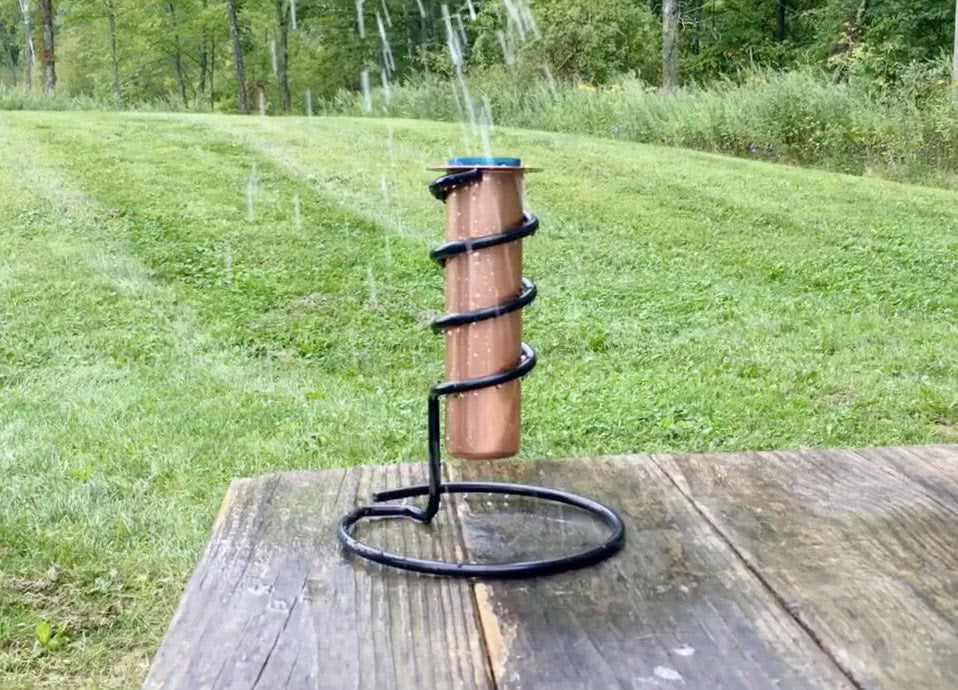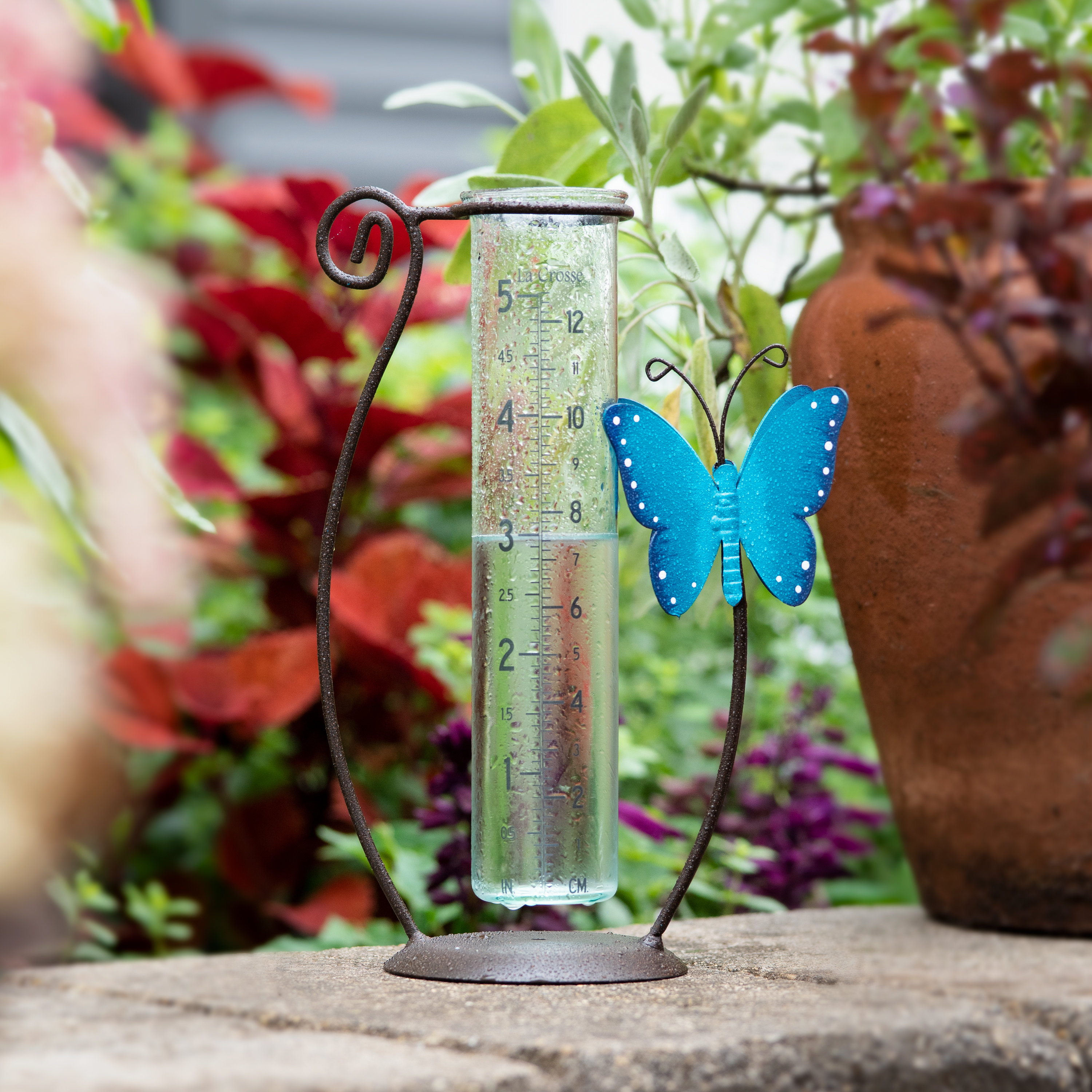The Rain Gauge: Enhancing Agricultural and Environmental Checking Efforts
The Rain Gauge: Enhancing Agricultural and Environmental Checking Efforts
Blog Article
Do It Yourself Rainfall Scale: Straightforward Steps to Make Your Own
Producing your own Do it yourself rain gauge is a efficient and basic means to tape and determine rainfall. With simply a couple of common materials and some fundamental actions, you can easily construct your own rain scale at home. Allow's get begun on making your Do it yourself rainfall scale today!
Gather Products
To start constructing your DIY rainfall scale, collect all the essential products utilizing a detailed list of things. Having the right products on hand will certainly make certain the successful development of your rain gauge and allow for precise measurements of rainfall. Collecting these products beforehand will enhance the construction process and make certain that you have whatever you require to create your very own Do it yourself rainfall gauge.
Prepare the Container

Mark the Dimension Increments
To accurately gauge the quantity of rains, properly marking the measurement increments on your do it yourself rainfall scale is vital. Without accurate and clear markings, it would certainly be difficult to figure out the exact quantity of rains collected in your rainfall scale. Right here are the steps to note the dimension increments on your rain gauge.
The most typical systems for gauging rainfall are inches and millimeters. Once you have chosen the unit, utilize a permanent marker or waterproof paint to mark the increments on the side of your rain scale.
When noting the increments, it is essential to make sure that they are equally spaced and clearly visible. Make use of a leader or determining tape to make certain accuracy and consistency. Additionally, make certain that the markings are immune to fading or abrading, as direct exposure to the components might trigger them to deteriorate with time.
Location the Rain Gauge Outdoors
The rain scale must be put outdoors to precisely gather rains information. The location selected for the rain gauge need to be open and totally free from any obstructions that could potentially impact the dimension of rains. The Rain Gauge.
Furthermore, it is important to place the rainfall scale on a steady surface area, such as a degree ground or a sturdy post. This will prevent any movement or my sources tilting of the scale, which can result in imprecise measurements. It is likewise advisable to prevent putting the scale near any type of resources of man-made water, such as lawn sprinklers or drainage systems, as this might hinder the accuracy of the dimensions.
Display and Record Rainfall Data
Normal tracking and recording of rainfall data is crucial for precise data analysis and interpretation. By keeping track of rainfall measurements, you can gain useful insights into weather condition patterns, climate trends, and water resource management. To effectively monitor and tape rainfall information, it is necessary to develop a regular and keep regular practices.
Firstly, ensure that your rain gauge is placed in an open location away from barriers such as trees or structures that might block rainfall. Additionally, make sure the rainfall scale is degree and safely anchored to avoid any kind of movement that might impact the precision of the measurements.

When taping the rains information, it is necessary to note the day and time of each measurement. Use a leader or a determining adhere to figure out the rainfall depth in the rain gauge, and record this information properly.
To ensure the precision of the measurements, it is recommended to empty the rainfall scale after each recording. This will certainly avoid any kind of overflow or dissipation from impacting succeeding measurements.
Final Thought
Finally, producing a DIY rainfall scale is a practical and basic method to more tips here check and record rainfall data (The Rain Gauge). By adhering to the steps described in this short article, you can conveniently gather products, prepare the container, mark the measurement increments, and position the rain scale outdoors. Consistently keeping an eye on and tape-recording rainfall data can give useful details for different objectives
Having the best products on hand will certainly ensure the successful creation of your rainfall gauge and enable for precise dimensions of rainfall.To accurately determine the amount of rainfall, properly noting the measurement increments on your Do it yourself rainfall scale is essential.The rainfall gauge should be put outdoors to precisely accumulate rainfall information. The place selected for the rainfall scale must be free and open from any blockages that can possibly impact the measurement of rains.In final thought, developing a DIY rain gauge is a easy and practical method to keep an eye on and tape rains information.
Report this page